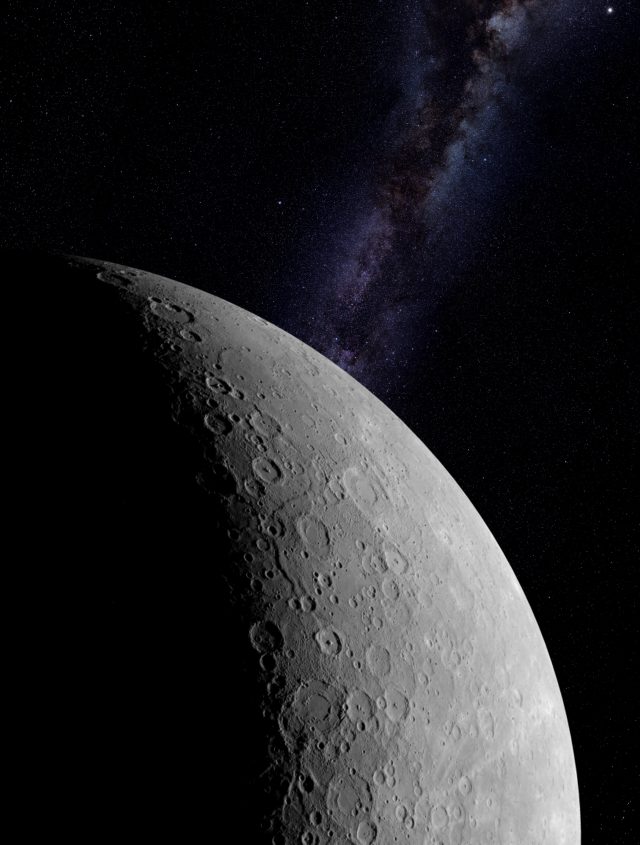Mercury (the planet) shrinks as it cools
Ars Technica » Scientific Method 2014-03-24

The theory of plate tectonics is only a few decades old, meaning that a great many geologists working prior to its discovery had much more trouble understanding the landscape around them than we do today. Some of the ideas that popped up to fill this vacuum can seem peculiar to us now.
Take, for example, the “contracting Earth” hypothesis championed in the 1800s by James Dwight Dana and also proposed by Élie de Beaumont. They sought to make sense of mountain ranges, faults, and bending folds of rock with an appeal to Earth’s thermal history. The Earth had likely cooled from an initial molten state, they reasoned, and should therefore also have contracted in size. The outer crust of the Earth, exposed as it is, would have cooled first. As the hotter interior continued cooling and shrinking, the already-solid crust would have to crinkle, crack, and buckle in response—hence the faults and mountain ranges.
While this turned out to be the wrong explanation for the geology on Earth, it was rescued from the bin of discarded hypotheses by other bodies in the Solar System.
Read 9 remaining paragraphs | Comments